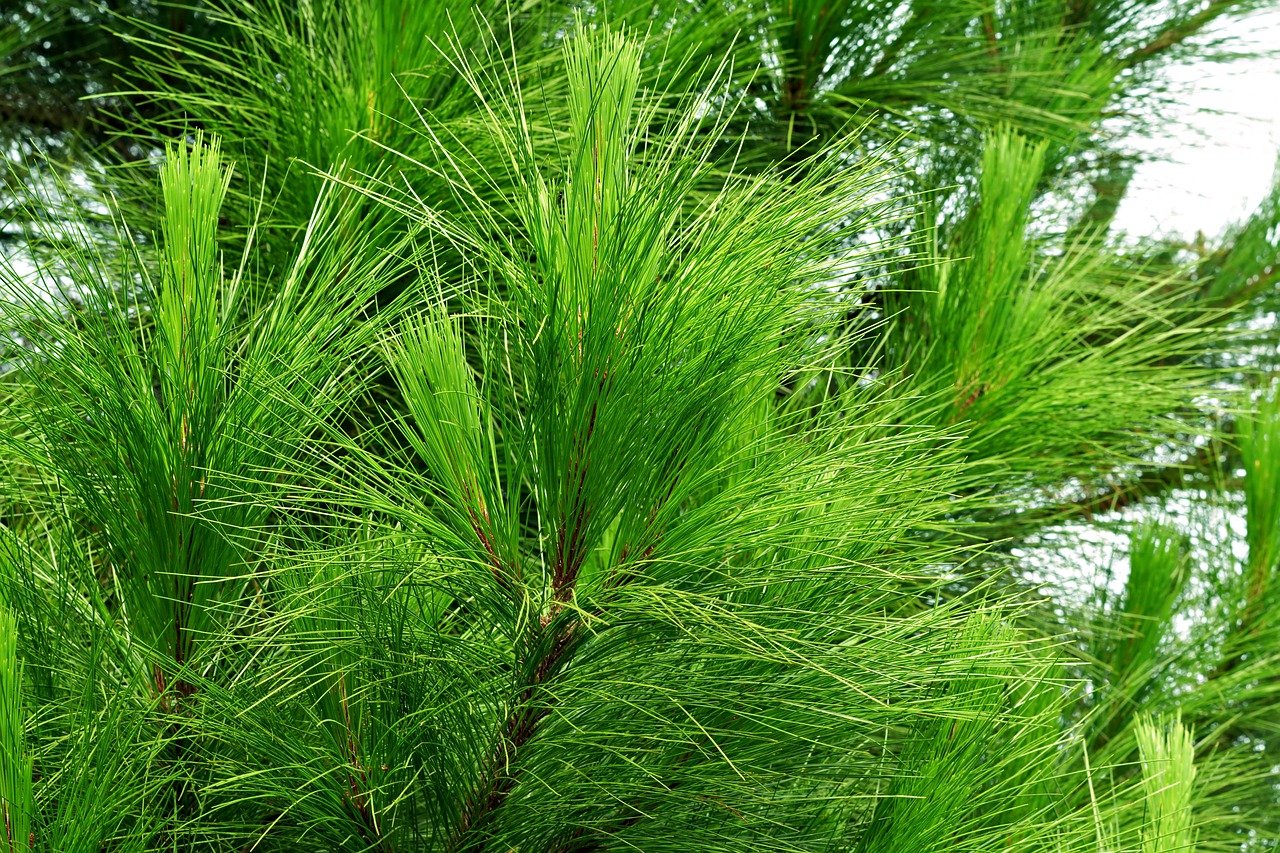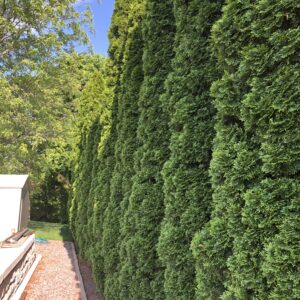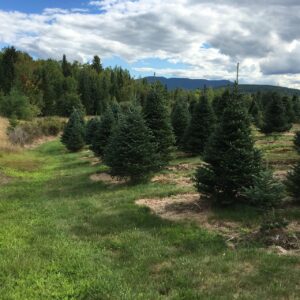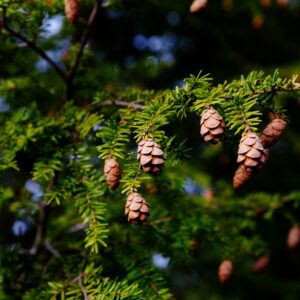White pine (Pinus strobus) is a tall, elegant conifer native to eastern North America. Overall, white pines are admired for their beauty, useful wood, and ecological benefits, making them a valuable species in both natural and managed landscapes.
Appearance:
Size: White pines are large trees that can grow up to 50-80 feet (15-24 meters) tall, with some specimens reaching 100 feet (30 meters) or more. They have a straight, slender trunk and a narrow, conical crown when young, which becomes more irregular with age.
Bark: The bark is relatively thin, light gray or gray-brown, and becomes scaly or flaky with age. It’s generally smooth on younger trees.
Leaves: The needles are soft, flexible, and grouped in clusters of five, which is a distinctive feature of white pines. Each needle is 3-5 inches (7-13 cm) long and has a bluish-green hue. The clusters are attached to the twig by a short, stubby base.
Cones: The cones are long and slender, ranging from 4-8 inches (10-20 cm) in length. They are green to brown and have a more cylindrical shape compared to the cones of many other pine species. The scales are somewhat flexible and often have a rounded tip.
Habitat: White pines thrive in a variety of soil types but prefer well-drained, sandy soils. They are often found in mixed hardwood forests, along riverbanks, and in other moist, fertile areas. They are well-adapted to a range of climates but generally prefer temperate zones.
Uses: White pine is valued for its straight, tall trunk and light, soft wood, which is used in construction, furniture, and cabinetry. The tree is also popular in landscaping for its attractive form and evergreen foliage.
Ecological Importance: White pines provide habitat and food for a variety of wildlife, including birds, mammals, and insects. Their dense foliage offers shelter, while the seeds are a food source for birds and small mammals.





